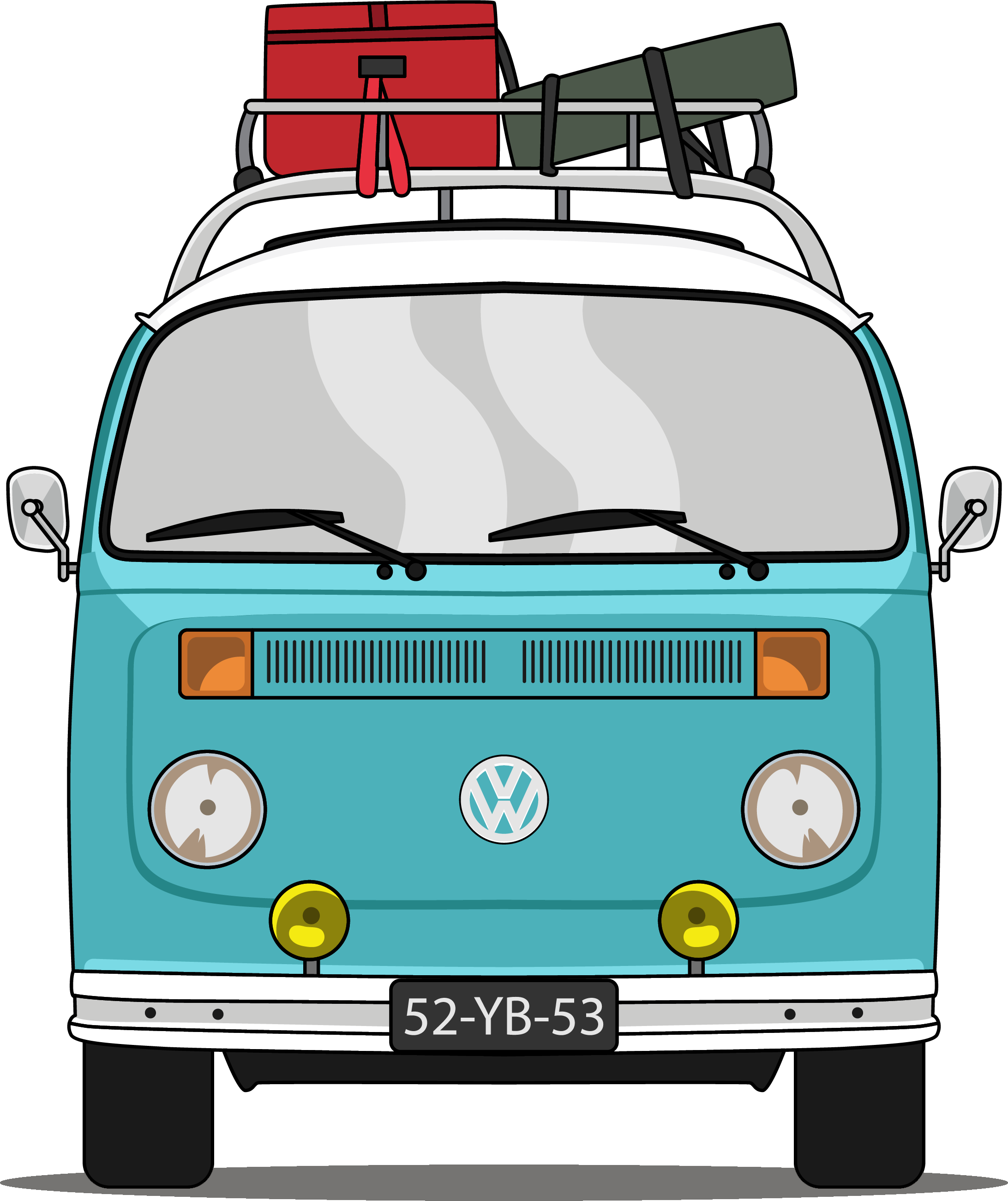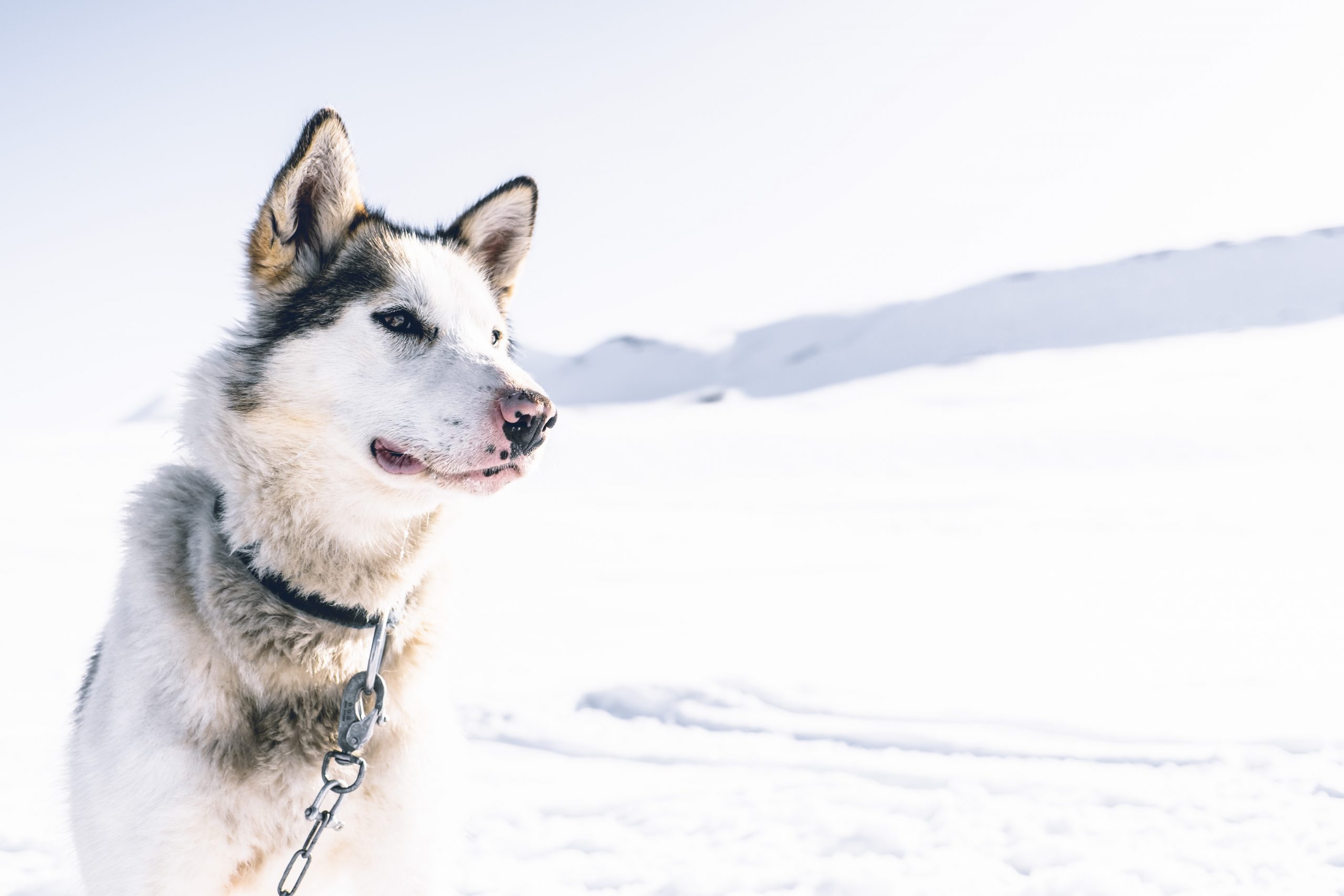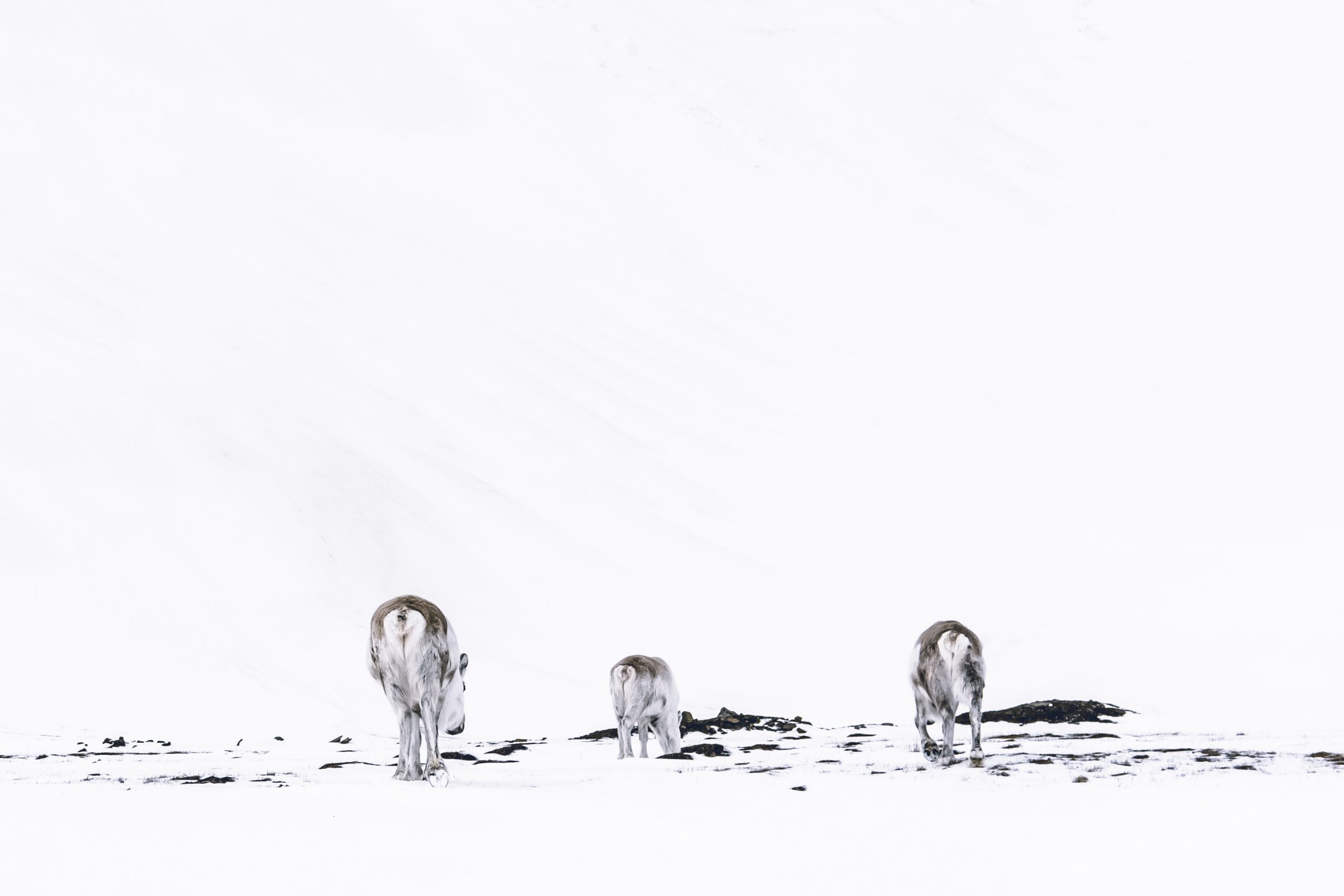Fun Facts of Svalbard
You can’t be buried here
It is illegal to de on Svalbard. Well, that’s not entirely true. But, you can’t be buried here.
Due to the permafrost bodies do not decompose when buried in the ground as evidenced by the 1918 flu victims who were buried here.
1. Is it Svalbard or Spitsbergen?
Officially it’s Svalbard archipelago. It consists of a group of remote, Arctic islands. There are 9 main islands: Spitsbergen, Nordaustlandet, Edgeøya, Barentsøya, Prins Karls Foreland, Kvitøya, Kong Karls Land, Bjørn Island, and Hopen, and a number of smaller outlying islands.
Prior to 1925, Svalbard was known as Spitsbergen. The name given by Dutch explorer Willem Barentsz who discovered it in 1596. Spitsbergen means ‘pointy mountains’ in Dutch.
2. There are no trees on Svalbard
Due to the short summers and long, cold, dark winters it is not possible for trees to grow. The plants that do grow here rarely reach more than 10cm in height and grow at a slow speed.
3. One night lasts for three months on Svalbard
No sunrise for three months. The opposite of the midnight sun in summer is the polar night during the winter. It commences around the beginning of November and ends at the end of January. You will not see a glimpse of the sunlight in Svalbard during that time. A very very long night.
4. Home to the 4 Northernmost settlements in the world
The four northenmost settlements of the world are Longyearbyen, Ny-Ålesund, Pyramiden and Barentsburg and are all located on the island of Spitsbergen.
Longyearbyen is the main settlement and year round home to over 2,000 people. Ny-Ålesund is a scientific research community located further north than any other village on earth. Barentsburg is the second largest settlement on Spitsbergen with a population of 470 Russians and Ukrainians. Pyramiden is a former Soviet mining town that was abandoned after the collapse of the Soviet Union. Once home to over 1,000 people, today only a handful of people live there to run the hotel, guard the area and act as guides.
5. Only 1300km from the north pole
Longyearbyen is so far north it is just 1300km’s from the north pole. Many explorers, like Amundsen, set off from Svalbard to conquer the north nole. It makes it the perfect place to explore the high Arctic.
6. The island only has 40km of roads
It’s not a lot of tarmac for such a large area. But, tarmac is not needed here. The main methods of transport are snowmobile in the winter and boat in the summer. We did both when we were here.
7. The global seed vault is located here
The seed vault is located on the edge of Longyearbyen, close to the airport, and was opened in 2008. It is situated in a former coal mine and holds copies of all the worlds seeds to ensure against loss in the event of a global crisis. Therefore also called ‘The Doomsday Vault’.
MY posts
We had the most delicious garlic fries on earth in Longyearbyen, had a snowmobile trip to Barentsburg and went sailing with the Rembrandt van Rijn to the northernmost settlement on earth. Exploring Svalbard was in one word: incomparable.
Svalbard, the white desert
We are about to check out and board the Rembrandt van Rijn. On Oceanwide Expeditions I read that the s / v 'Rembrandt van Rijn' was built at the beginning of the last century as a Haring logger. The ship was rebuilt in 1994 in the Netherlands into a three-masted...
The first impressions of Svalbard
After years of dreams, months of looking forward and days of planning, we are here! Svalbard, or Spitsbergen. The land that Barentsz discovered in 1596. I will briefly tell you who Willem Barentsz was, because despite the fact that a sea is named after him, not...





